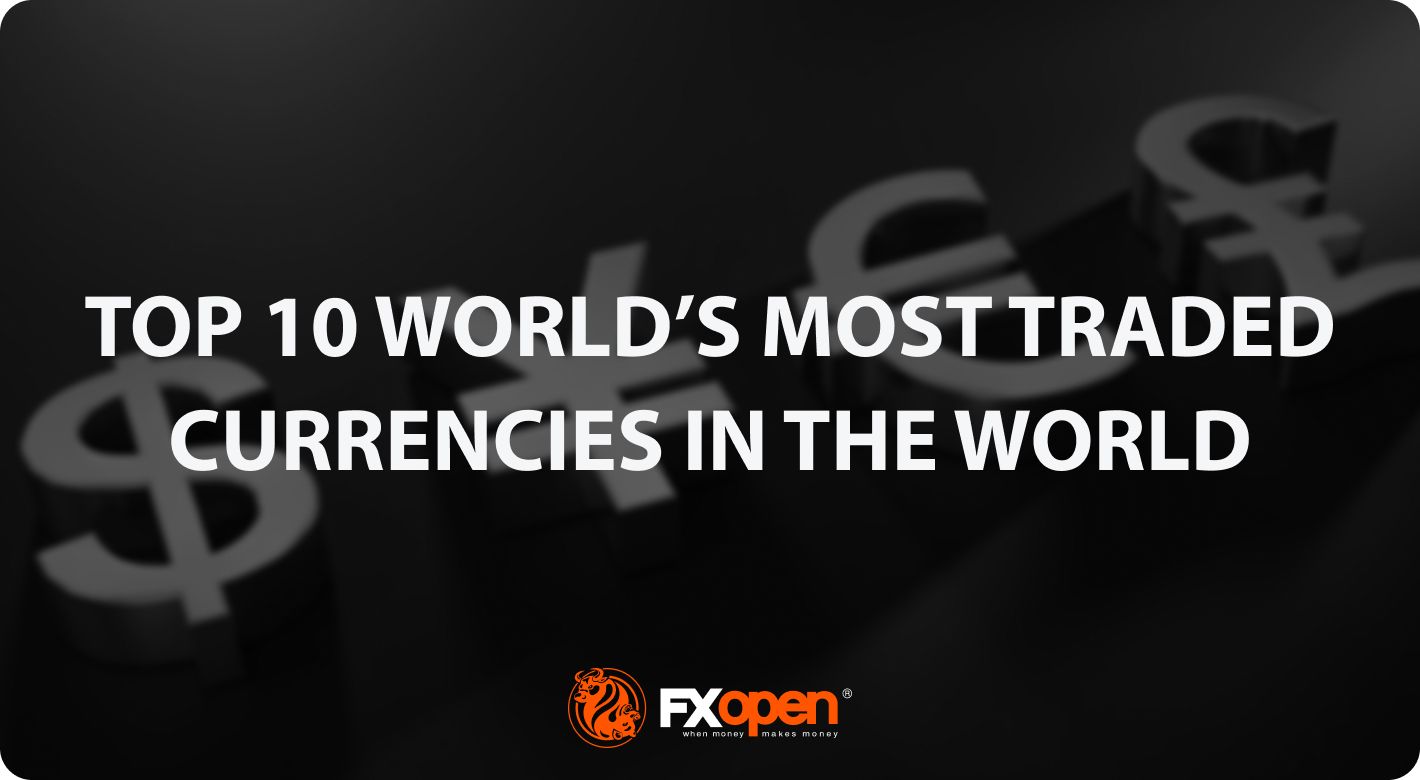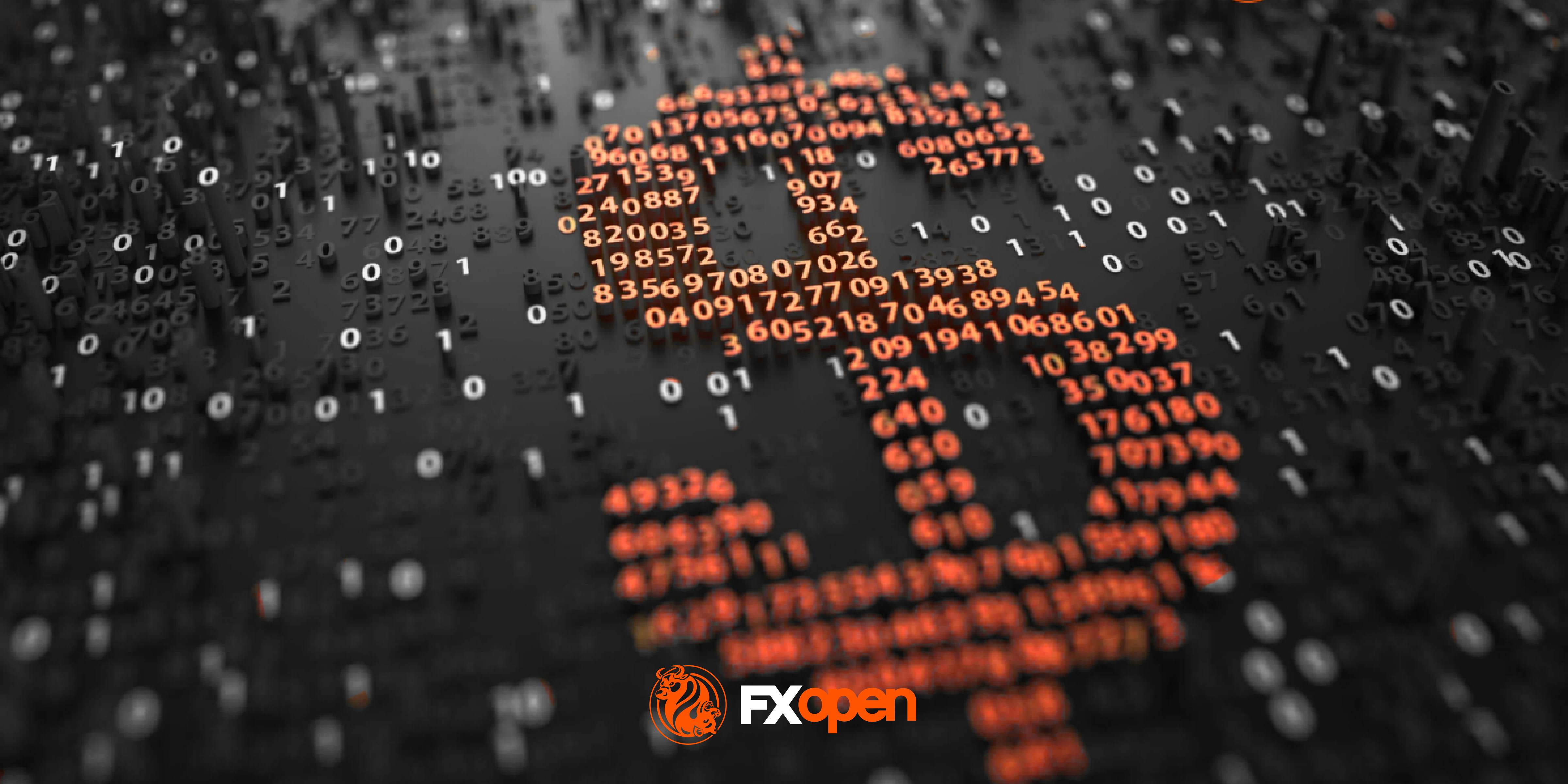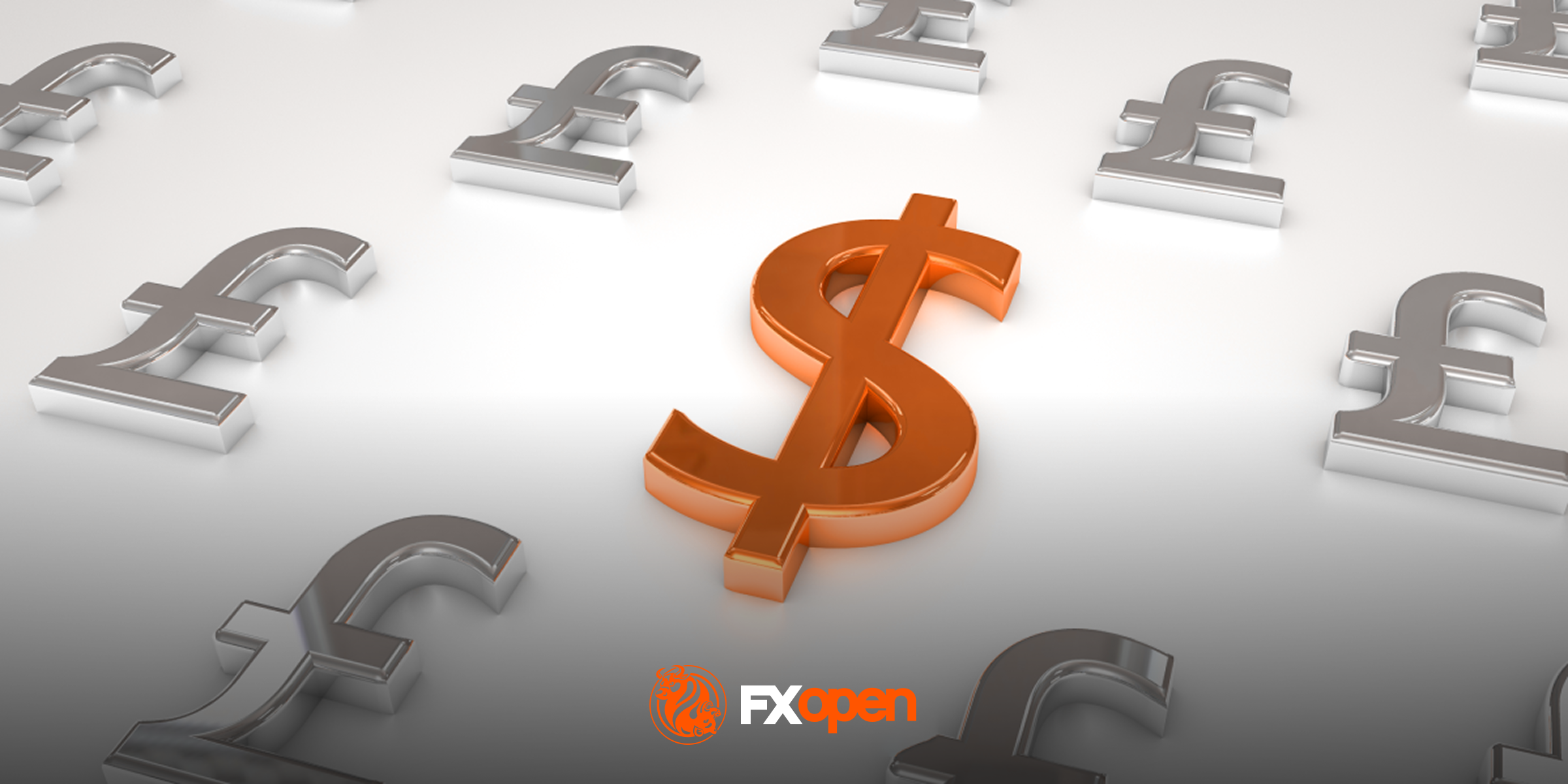FXOpen

The choice of currency for trading in the forex market depends on many factors, including the risk profile of the trader. Rare, weak, and highly volatile currencies are riskier, which is why fewer people choose them. In turn, stable currencies have less risk and are often seen in the list of most traded currencies globally.
FXOpen created a world currency ranking list. Since the list of the world’s top ten currencies constantly changes, we’ve gathered the most recent data for 2023.
What Are the Most Traded Currencies in the World?
One major currency traded in the international market is the US dollar, with its daily trading volume being 88% of all currencies traded in the international market. It is followed by the euro with 30% of global foreign exchange market turnover. The top five also include the Japanese yen, the British pound, and the Chinese renminbi.
Other assets among the top 10 currencies in the world have a lower daily trading volume but are still worthy of attention. We’ll explore the key features of each of them below.
Source: "Triennial Central Bank Survey Foreign exchange turnover in April 2022", Bank for International Settlements.
How to Trade the Best Currencies in the World Out of the Top Ten List
You can trade the world’s top ten most traded currencies on our innovative platform. Here you’ll find low-cost trading with spreads starting from 0.0 pips, the best reliable liquidity providers streaming real-time prices, and no conflicts of interest. Open an FXOpen account to start today.
Using TickTrader, you can trade currencies, stocks, commodities, indices, and even major cryptos* via CFDs. Download the software for PC or mobile, or use the web terminal and enjoy the flexibility. If you feel you need more information, read our guide on how to start forex trading.
US Dollar (USD)
USD is the legal tender of the United States and some other countries, where it serves as an official currency. It is recognised as the world’s reserve currency. The US dollar is a leading currency in terms of trading volume. EUR/USD is the most traded currency pair in the forex market.
The value of the US dollar is measured by the US Dollar Index called USDX, which consists of a basket of currencies associated with the main trading partners of the US. USD often acts as a target rate for countries that fix or peg their currencies to the greenback rather than allow the free market to drive their currency’s relative value.
The US dollar rate is affected by inflation and Fed interest rate monetary policy, as well as trade relationships between the US and other countries, with the major ones being Canada, Mexico, and China.
Euro (EUR)
The euro appeared in 1999 as a single currency that was designed to be used across all countries of the European Union. For the first three years, the euro was an invisible currency used in accounting and e-payments. In 2002, the 12 participating EU countries experienced the largest cash changeover in history.
The introduction of a single currency in the EU has brought many advantages because it made it much easier for companies to conduct cross-border trade and stabilised the EU economy. Thanks to the currency’s strength, nations in Europe and even Africa peg their currencies to the euro.
The rate of the euro is influenced by the economic policies of the ECB (European Central Bank), inflation rates, and changes in GDP. One more factor is export volume. If exports from the major EU producers like Germany and France grow, the demand for the euro will grow as well.
Japanese Yen (JPY)
The Japanese yen has one of the most stable values across all currencies and is the most traded Asian currency. Japan is highly innovative and pays attention to scientific research to move into new sectors of the economy.
Despite the stability, the yen has been getting weaker every month since 2022. This is happening because the US has moved toward higher interest rates while Japan kept them at an “ultra-low” level. Not only that, but Japan is still recovering from the pandemic that struck its economy, while the US has a strong economy and labour market. Japan’s trade balance, which remains negative, is also likely contributing to a weaker yen.
Pound Sterling (GBP)
The pound sterling is the official currency of the UK and the British Overseas Territories. It ranks as the 4th largest reserve currency globally. The country never adopted the euro, although it was a part of the EU before Brexit.
The UK produces various equipment, cars, metals, minerals, pharmaceuticals, and much more. As the demand for these products is high, and the pound is mostly stable and expensive. Traders usually estimate the value of the British pound based on the strength of the UK economy, including the inflation rate in the UK, the policy of the Bank of England, the state balance of payments (also known as international payments balance), and market sentiment based on the country’s and global political stability.
Renminbi (CNY)
The Chinese renminbi (RMB) is the official name of China’s currency; however, the terms Chinese yuan and renminbi are often used interchangeably. The currency is issued and strictly monitored by the People’s Bank of China.
China has the second-largest population in the world and a strong and well-developed economy. The top exports of China include broadcasting equipment, computers, integrated circuits, office machine parts, and smartphones. The main imports are crude petroleum, iron ore, and petroleum gas. The balance of exports and imports and natural resource prices significantly impact China's economy.
Australian Dollar (AUD)
The Australian dollar is one of the most influential currencies of the Asia-Pacific region. It is also called Aussie. The AUD is the leading commodity currency, meaning that its value is affected by changing prices for natural resources and Australia’s export goods. The strength and popularity of the AUD are supported by the stable government system in place over the past years.
To control the currency exchange rate and maintain stability, the Reserve Bank of Australia often changes the official interest rate. As for international trade, Australia partners with China. Therefore, political and economic issues in the country may impact the value of the AUD.
Canadian Dollar (CAD)
The Canadian dollar, often called Loonie, is the domestic currency of Canada. Just like the AUD, the Canadian dollar is a commodity currency – its rate moves in step with crude oil, precious metals, and minerals markets as these commodities have a great share in Canada’s overall exports.
The issuer of the currency and the party responsible for the economic stability of the country is the Bank of Canada. Canada is politically balanced, and has an average high GDP and a strong economy, which helps the country to remain stable. Canada's key trading partners are the United States, China, and the United Kingdom, so the government pays great attention to maintaining good relations with them.
Swiss Franc (CHF)
The Swiss franc is the world’s safest currency. Switzerland has one of the highest levels of GDP and a strong services sector. This country is very stable and reliable, as it has an advanced banking system, low tax rates, and a lot of money to support the economy from the inside.
The popularity of the Swiss franc stems from its status as a safe-haven asset. Forex traders are aware of the strong economy of Switzerland and often choose its currency to keep their money safe during periods of market turbulence.
Hong Kong Dollar (HKD)
HKD is the currency of Hong Kong. Even though the Hong Kong dollar is a freely convertible currency, its exchange rate against the US dollar is strictly regulated. The HKD is pegged to the US dollar with upper and lower limits, HK$7.75 to HK$7.85 per US dollar, which makes it stable.
However, Hong Kong has complete autonomy regarding monetary policies. All economic decisions in this region are made by the Hong Kong Monetary Authority. The HKMA works closely with three banknote-issuing banks to make sure that there’s a sufficient currency amount in circulation and that this amount meets the needs of the population.
Singapore Dollar (SGD)
The currency of the Republic of Singapore, the Singapore dollar, is a highly valued currency compared to others in the Asia-Pacific region. Singapore is a young country that has managed to achieve a high level of economic development, becoming one of the richest countries in the world.
The Singapore authorities place a serious emphasis on maintaining the stability of the currency, which makes it attractive to traders. This is why the Monetary Authority of Singapore constantly monitors international exchange rates.
FAQ
What is the most traded currency?
The top 10 currency from our list is the US dollar.
What are the top 5 most traded currencies?
The five most stable and frequently traded currencies in 2023 are the US dollar, the euro, the Japanese yen, the British pound, and the Chinese renminbi.
What are the 10 most traded currencies?
Here’s a list of the most commonly traded currencies globally:
- US dollar
- Euro
- Japanese yen
- Pound sterling
- Renminbi
- Australian dollar
- Canadian dollar
- Swiss franc
- Hong Kong dollar
- Singapore dollar
*At FXOpen UK and FXOpen AU, Cryptocurrency CFDs are only available for trading by those clients categorised as Professional clients under FCA Rules and Professional clients under ASIC Rules, respectively. They are not available for trading by Retail clients.
This article represents the opinion of the Companies operating under the FXOpen brand only. It is not to be construed as an offer, solicitation, or recommendation with respect to products and services provided by the Companies operating under the FXOpen brand, nor is it to be considered financial advice.
Stay ahead of the market!
Subscribe now to our mailing list and receive the latest market news and insights delivered directly to your inbox.








